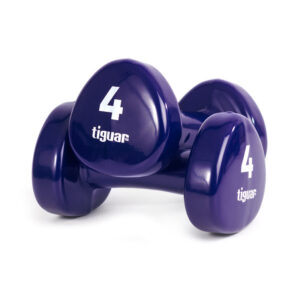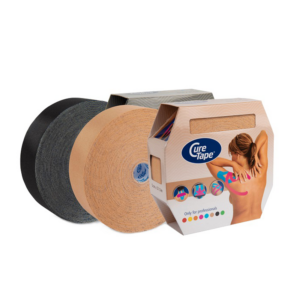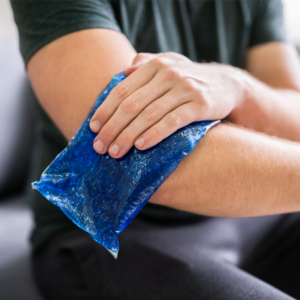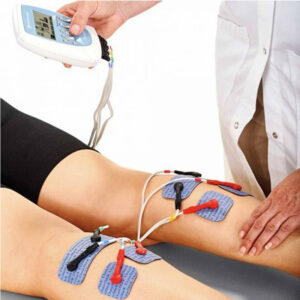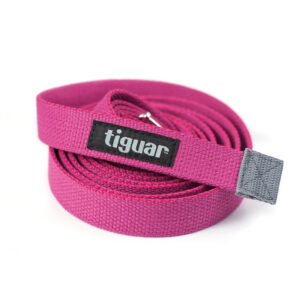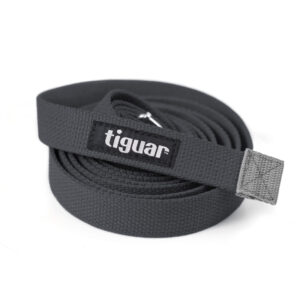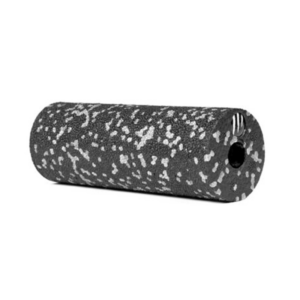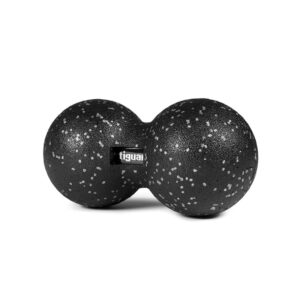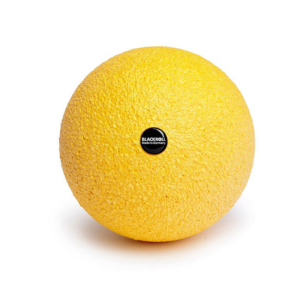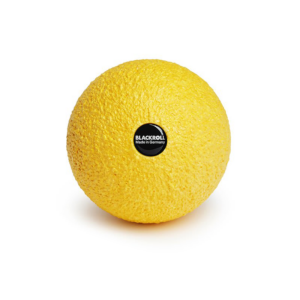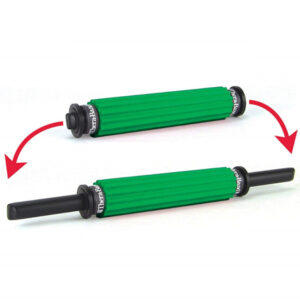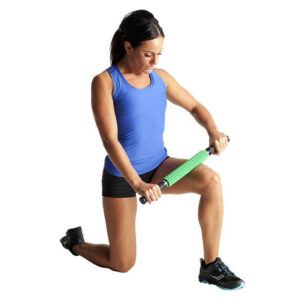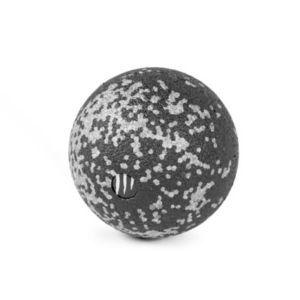Physiotherapist's recommendations, Uncategorized
6 exercises to treat plantar fasciitis
Plantar fasciitis is one of the most common causes of pain around the heel. This condition can cause sharp, stabbing pain in the lower part of the heel. As a rule, the symptoms are felt at the movements, often more pronounced in the mornings at the first steps. During the day, the pain usually subsides with movements, however, it can return after sitting or standing for a long time.
Plantar fasciitis denotes an inflammatory state of the plantar fascia. The plantar fascia is a thick band of connective tissue (aponeurosis) that supports and forms the arch of the lower part of the foot. The plantar fascia connects with the heel bone and the heads of the metatarsal bones of the foot. It provides support to the vault of the foot and absorbs shocks when walking, running or jumping.

Why can plantar fasciitis occur?
Plantar fasciitis is often observed in physically active people engaged in long-distance running, as well as in overweight people. However, this problem can befall any person who wears shoes with inappropriate foot vault support.
Excessive, prolonged load on the plantar fascia can lead to small microcracks, which over time can turn into chronic problems and inflammation.
Several risk factors are known that may be the cause of platar fasciitis:
- Overweight – creates an additional load on the entire body, however, it can be strongly felt on the plantar fascia, which carries all the weight of the body.
- Physical activities that create a large load on the lower parts of the foot – for example, long-distance running, aerobic or ballet dancing. This can also include daily and work activities. The risk of plantar fasciitis is also increased in people who spend most of their working time standing or walking on a daily basis.
- Anatomy and gait of the foot – for example, a flat foot or, conversely, a high arch of the foot can affect the distribution of weight on the feet, thereby creating a greater load on the plantar fascia.
- Stiff ankle and foot joints, tightened caviar muscles or previous foot injuries can increase the risk of plantar fasciitis.
- Weak foot and ankle muscles – can impair foot control and therefore lead to increased load susceptibility to the plantar fascia.
Tips for the treatment of plantar fasciitis.
To relieve pain and speed up recovery, various methods are usually used to treat plantar fasciitis, such as therapeutic exercises or massage. It is also important to evaluate the risk factors described above.
Exercises designed to stretch both the caviar muscles and the plantar fascia (a band of tissue located under the sole of the foot) help relieve pain and improve the elasticity of the affected foot.
Therapeutic exercises are a great way to relieve tension and pain in the muscles and feet of the roe. It is important to perform therapeutic exercises that are stretching and relaxing. Next, we will offer a couple of methods that can help in the treatment of plantar fasciitis.
6 great exercises for the treatment of plantar fasciitis
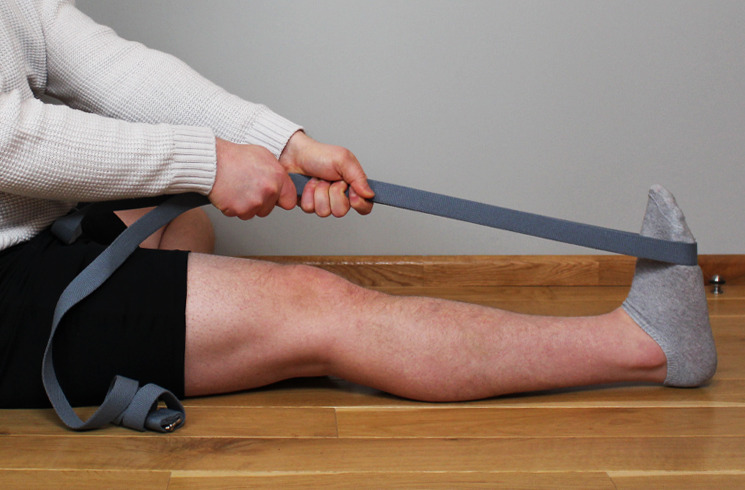
1. Plantar fascia stretching exercise with a strap – this exercise must be performed in a sitting position with a straight knee. It can be stuffed both in bed and on the floor. Wrap a yoga strap or towel around your foot, just below your toes and do a stretching exercise towards yourself. The muscles of the feet and roe should be tried to relax. Hold the position for 15-30 seconds and repeat the exercise 2-3 times.

2. Foot stretching exercise on the wall – you can stick to the wall with both hands, raise and support the front part of the aching foot against the wall while the heel remains on the floor. The higher you can lift the front of the foot, the more you will feel a stretching sensation at the bottom of the foot or in the caviar muscles. Hold the position for 15-30 seconds and repeat the exercise 2-3 times.
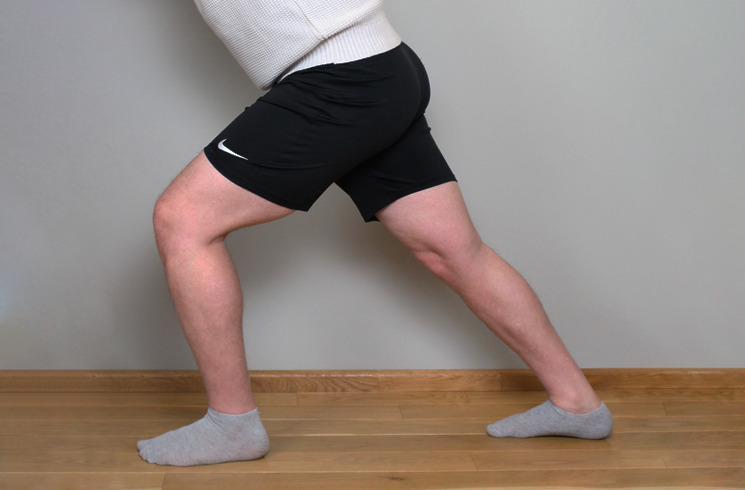
3. Stretching exercise on the wall for caviar – similar to the previous task, you can rest on the wall with both hands. However, in this exercise, it is necessary to put the sore foot on the back, take a stumbling-type position. Keep the rear foot completely off the ground (heels should not be lifted off the ground) and transfer the weight more to the front leg. In this way, you will feel a feeling of stretching in the caviar part of the hind leg. Hold the position for 15-30 seconds and repeat the exercise 2-3 times.

4. Stretching exercise on a step or step – place the sore foot on the step so that the heel remains in the air. The other leg can also be held on a step or on the floor. Complete the task by relaxing the caviar muscle of the sore leg and transferring more weight to the sore leg so that the heel begins to gradually “fall” downwards. Hold the position for 15-30 seconds and repeat the exercise 2-3 times.

5. Exercises with a towel – an ordinary towel or paper towel can be used for this exercise. The purpose of the exercise is to involve the musculature and plantar fascia. Bending the front part of the foot and toes, pull the towel to yourself as if you wanted to push the towel under the heel. Perform the exercise 10 times, in 2-3 passes with a slight rest break in the middle.

6. Self-massage of the plantar fascia with a massage ball or roller – self-massage tools can be used for loading, tension and pain relief at the bottom of the foot. If the pain is markedly severe, one should start with a light process of self-massage using a small-sized fascia roll. If the pain is not so pronounced or is local, a massage ball can also be used.

